
Bieńkówka
Elaboration author
Artur Karpacz
Monuments
Parishes
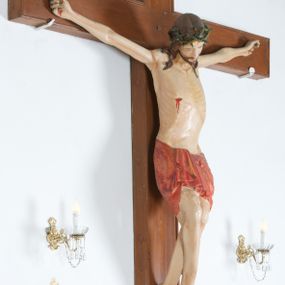
Crucifix
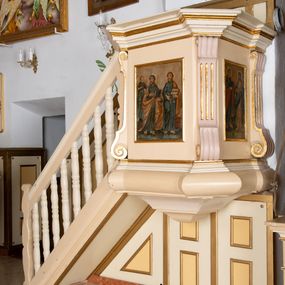
Pulpit
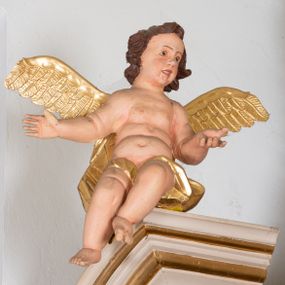
Two angels in altar finial
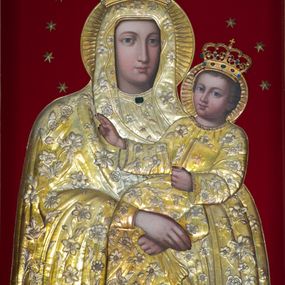
Our Lady of the Snows
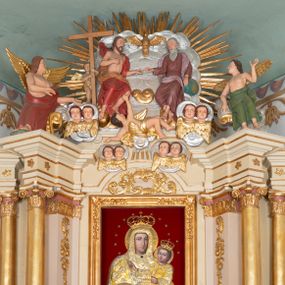
High altar finial
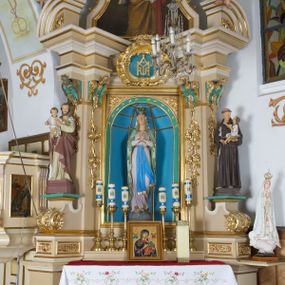
Side altar
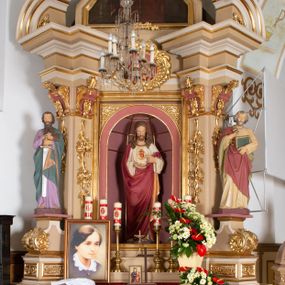
Side altar
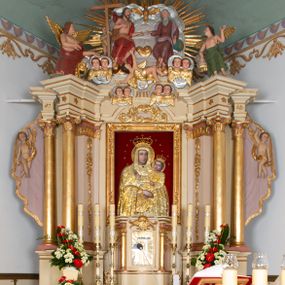
High altar
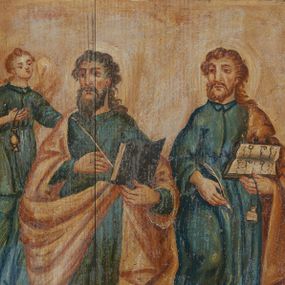
Picture
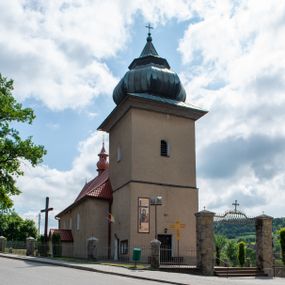
Holy Trinity Church in Bieńkówka
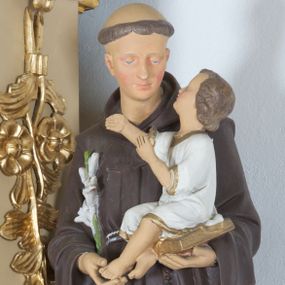
St. Anthony
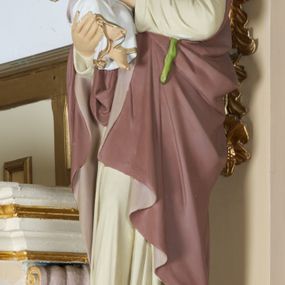
St. Joseph
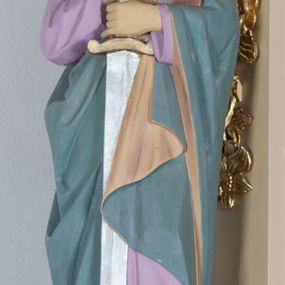
St. Paul
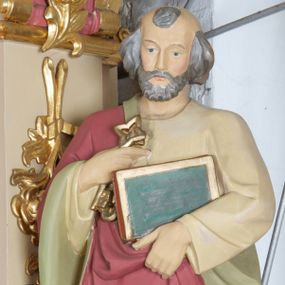
St. Peter
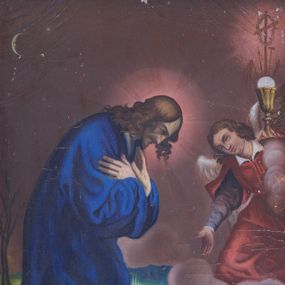
Picture

Picture
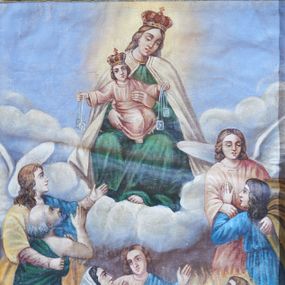
Picture
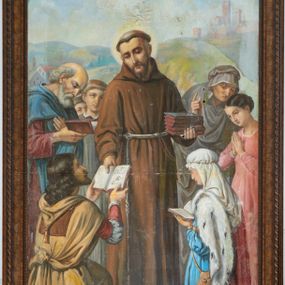
Picture

Picture
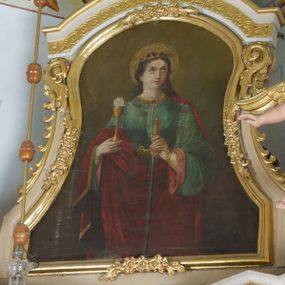
St. Barbara
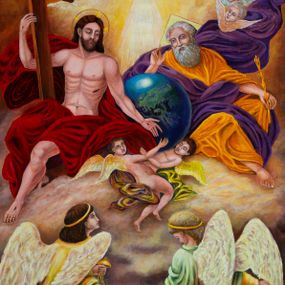
Holy Trinity
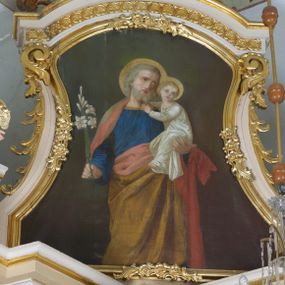
St. Joseph with the Christ Child
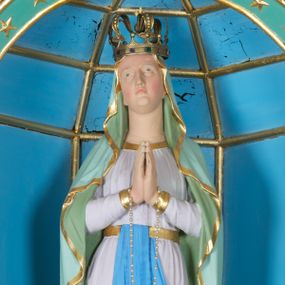
Our Lady of Lourdes
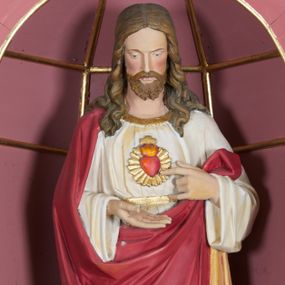
The Most Sacred Heart of Jesus
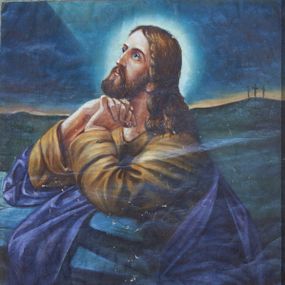
Picture
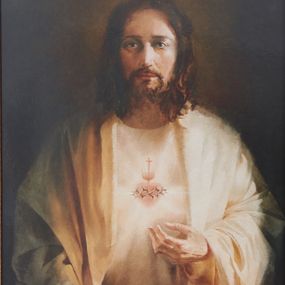
Picture
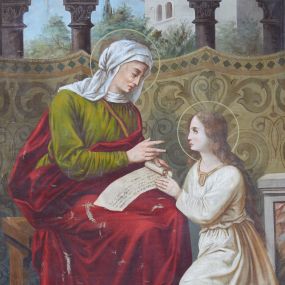
Picture
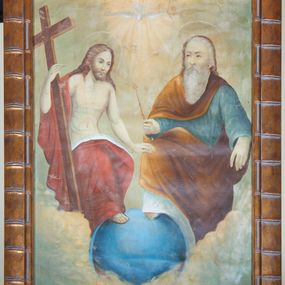
Picture
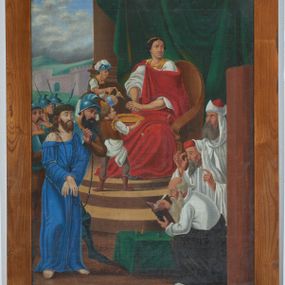
Picture
History abstract
The oldest source references to Bieńkówka date back to the second half of the 14th century, when the village constituted the endowment of the rector of the parish church in Lanckorona. At the beginning of the next century, the settlement was already a part of the Lanckorona estate, owned by Zbigniew from Brzezie h. Zadora and his sons. Its inhabitants were mostly of Wallachian origin and were mainly engaged in breeding and shepherding. In the 16th century the estate was transferred into the hands of the Wolski and Łaski families, until the beginning of the next century when it was transferred to Mikołaj Zebrzydowski, the founder of the famous Bernardine monastery and the complex of chapels of the Way of the Cross in Calvary. In the 17th century the local population started to trade in cooperage, production of shingles and charcoal burning. After the first partition of Poland and the death of the last tenant of the starosty, Joseph Wielopolski, in 1774 the estates were under Austrian rule. The newly created dominion was purchased by the ducal family of Montleart, who ruled the estate for nearly a hundred years. In the middle of the 19th century, Bieńkówka was plagued by frequent crop failures and epidemics. After the imperial edict on the abolition of serfdom in 1848, the owners of the estate parceled a large part of the land and divided it between peasants. However, this has not improved the already poor situation of small farms, which, despite additional agricultural production, were still unable to feed their families. In addition, at the end of the century the village was significantly overcrowded, as over 250 houses were inhabited by almost 1,500 people. In such conditions, the decision to emigrate to Germany, France or the United States of America was made on a massive scale. The beginning of the 20th century and the interwar period were the time when numerous organisations such as credit unions, farmers' associations and dairy cooperatives were founded. During World War II the village was incorporated into the General Government and its inhabitants were subject to compulsory deliveries of food quotas. In the area there was a Home Army training camp "Chełm" and a branch of the National Armed Forces "Błyskawica", which, in July of the following year, killed Jan Rusin, a long-time political activist and organiser of the peasant movement in the region. The 1950s and 1960s were a period of intensive modernisation of Bieńkówka.
How to cite?
Artur Karpacz, "Bieńkówka", [in:] "The Sacred Lesser Poland Heritage", 2026, source: https://sdm.upjp2.edu.pl/en/places/bienkowka